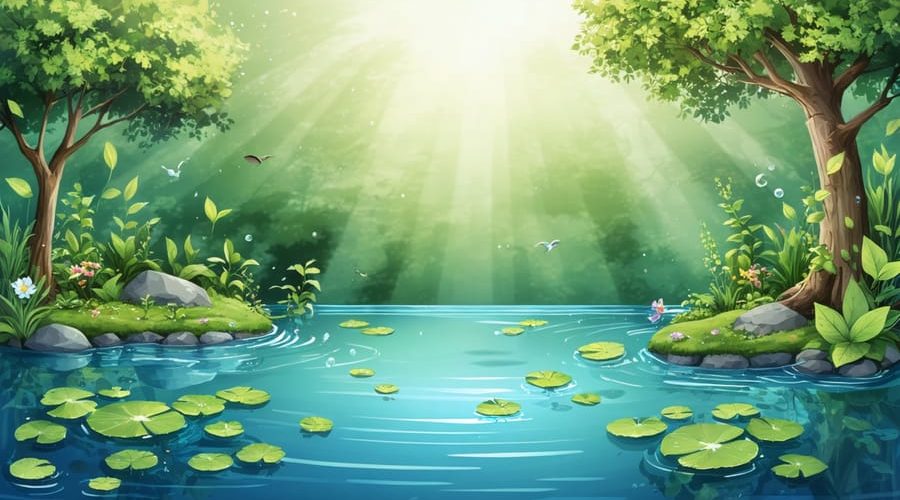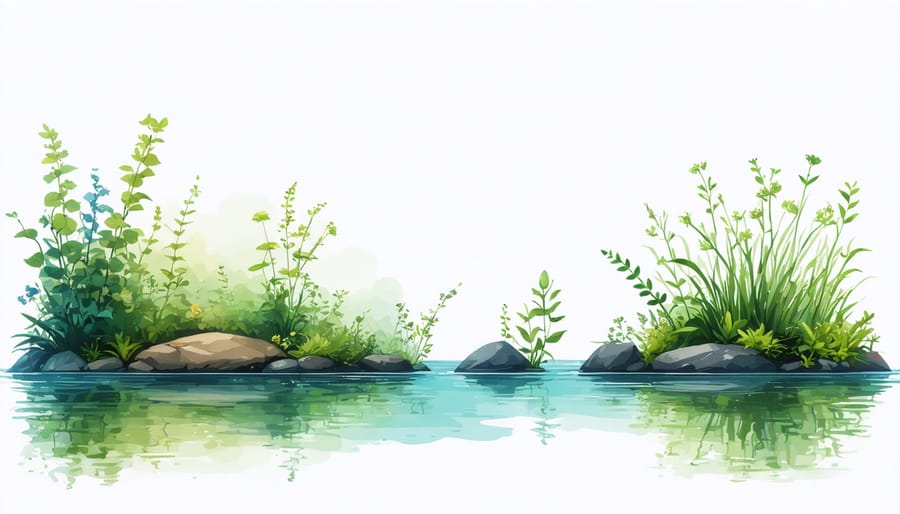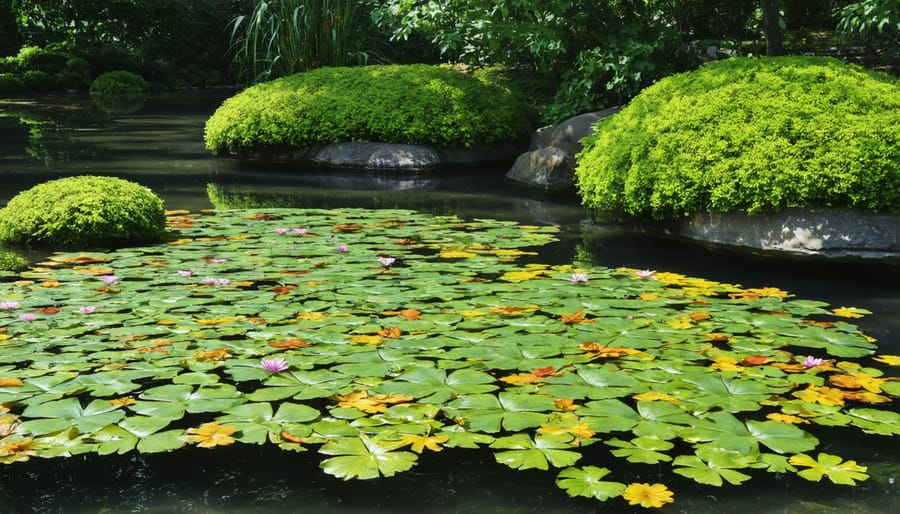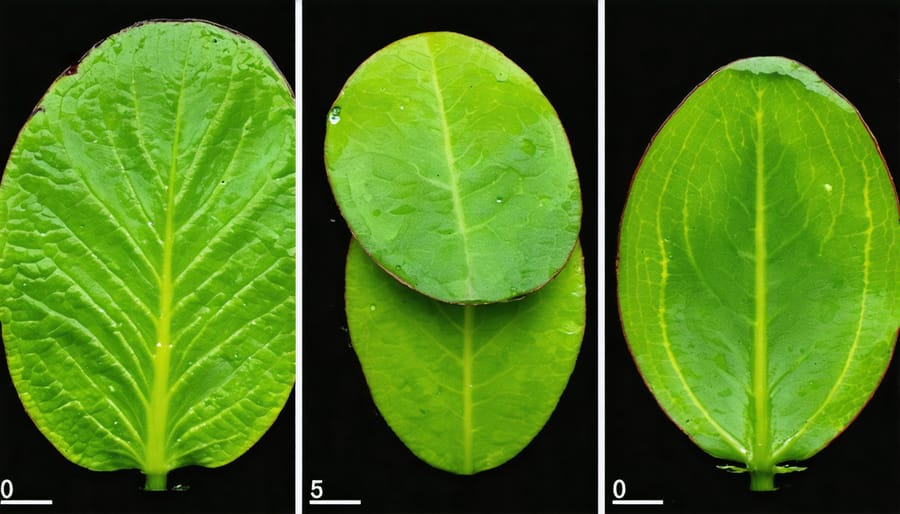
Natural Pond Planting: How ABA Teaching Methods Transform Water Gardens
Naturalistic teaching in Applied Behavior Analysis (ABA) transforms everyday moments into powerful learning opportunities, merging structured intervention with natural environment teaching. This innovative approach capitalizes on a child’s intrinsic interests and motivations, embedding therapeutic goals within typical daily routines and play activities. Unlike traditional table-top ABA sessions, naturalistic teaching follows the child’s lead, creating organic teaching moments during activities like playground time, meal preparation, or family outings.
By harnessing natural reinforcers and maintaining the authentic flow of daily life, this method significantly enhances skill generalization and maintenance. Children learn essential skills—from communication and social interaction to self-help and problem-solving—in the exact contexts where they’ll need to use them. For parents and practitioners alike, naturalistic teaching offers a sustainable, enjoyable approach that feels less like therapy and more like guided discovery, making learning both effective and engaging while strengthening the natural bonds between caregivers and children.
Understanding Naturalistic Teaching in Water Gardens
The Core Principles of Natural Learning
Plants have evolved remarkable adaptations to thrive in aquatic environments, demonstrating nature’s perfect teaching method. These adaptations happen gradually, with plants responding to their environment’s cues and feedback – much like natural learning principles in ABA. Water plants develop specialized tissues that help them float, absorb nutrients directly from water, and anchor themselves in shifting substrates.
Some plants grow modified leaves that float on the surface, maximizing sun exposure while maintaining gas exchange. Others develop air pockets in their stems, providing buoyancy and oxygen storage. These natural adaptations show how organisms learn and adjust to their surroundings without forced intervention.
This natural learning process mirrors the core principles we aim to replicate in naturalistic teaching: allowing learning to occur through natural interactions, following the individual’s pace, and providing gentle guidance rather than rigid structure. Just as aquatic plants thrive when given the right conditions rather than forced growth, learners flourish when teaching methods align with their natural development patterns.

Environmental Teaching Opportunities
Natural pond environments offer countless opportunities for spontaneous learning and skill development. When a child shows interest in observing tadpoles, this becomes a perfect moment to teach counting, life cycles, and scientific observation. The rippling water can inspire conversations about cause and effect, while different aquatic plants provide chances to learn colors, textures, and basic biology concepts.
Children might naturally gravitate toward feeding fish, creating an ideal scenario to teach responsibility, timing, and appropriate portions. Weather changes affecting the pond environment present opportunities to discuss temperature, seasons, and weather patterns. Even maintenance activities like checking water quality can become engaging learning experiences about chemistry and environmental care.
These teaching moments arise organically, allowing educators and caregivers to capitalize on the child’s natural curiosity and motivation. By following the child’s lead and interests, learning becomes more meaningful and memorable, perfectly aligning with ABA’s naturalistic teaching approach.
Practical Applications in Pond Design
Creating Natural Learning Zones
Creating natural learning zones in an ABA setting mirrors how we might design backyard pond design ideas, where each area serves a specific purpose while maintaining a natural flow. Start by identifying different learning spaces based on your student’s interests and needs. For instance, create a cozy reading nook with natural materials like wooden shelves and soft cushions, where children can explore books at their own pace.
Set up an exploration station with sensory-rich materials such as sand, water, and natural textures. This area encourages spontaneous learning through touch and manipulation. Include a practical life skills zone with child-sized tools and everyday items, allowing students to practice real-world tasks naturally.
Consider incorporating a nature-inspired dramatic play area with elements like tree stumps for seating and leaf-printed fabrics. This space promotes social skills and imaginative play while maintaining a connection to the natural world. Add a quiet zone with soft lighting and natural sound machines for self-regulation and calming activities.
Remember to keep transitions between zones smooth and intuitive, just as you would in a natural environment. Use natural dividers like potted plants or bamboo screens to define spaces while maintaining an open, flowing feel. This thoughtful arrangement helps students move naturally between activities while staying engaged and comfortable in their learning environment.
Plant Selection and Placement
When creating a naturalistic pond environment, smart plant integration is essential for achieving a balanced ecosystem. Start by selecting native plants that naturally occur in your local area, as these are already adapted to your climate and will require less maintenance. Consider including a mix of submerged, floating, and marginal plants to create different layers of vegetation.
Position taller plants like cattails and rushes along the northern edge of your pond to prevent them from casting excessive shade over the water. Place shorter marginal plants like water iris and marsh marigolds along the eastern and western sides, allowing them to receive adequate sunlight while providing natural filtration.
Create plant groupings that mimic natural pond edges, avoiding rigid, artificial-looking arrangements. Place plants in odd-numbered groups rather than symmetrical pairs, and allow some spaces between groupings for natural spread. Consider the mature size of each plant to avoid overcrowding.
For underwater planting, position oxygenating plants in clusters where they’ll receive sufficient light but won’t interfere with pond mechanics. Floating plants like water lilies should be placed away from waterfalls or fountains to prevent damage from splashing. Remember to leave open water areas for fish movement and surface reflection.

Maintenance Through Natural Observation
Reading Plant Behaviors
In naturalistic teaching, understanding plant behaviors is crucial for creating an effective learning environment. Just as we observe children’s natural responses, observing how plants react to their environment helps us maintain a more balanced ecosystem. Plants naturally respond to various stimuli like light, water, and nutrients, showing clear patterns that we can learn from and incorporate into our teaching strategies.
For instance, when a plant leans toward sunlight, it demonstrates a natural seeking behavior. This concept parallels how children naturally gravitate toward activities that interest them. Similarly, plants develop stronger root systems when faced with moderate stress, much like how learners develop resilience through manageable challenges.
Understanding these natural growth patterns helps in implementing proper water feature maintenance and care routines that support rather than force development. When we recognize signs of distress in plants, such as yellowing leaves or stunted growth, we can adjust our care approach accordingly – just as we modify teaching strategies based on learner responses.
By studying plant behaviors, we learn valuable lessons about patience, timing, and the importance of creating supportive environments. This knowledge translates directly to naturalistic teaching methods, where we aim to foster growth through natural opportunities rather than artificial interventions.

Adjusting Based on Natural Feedback
In naturalistic teaching, one of the most powerful tools is observing and responding to natural feedback from the learner’s environment. This approach involves carefully watching how the child interacts with their surroundings and using these observations to guide teaching strategies. For instance, if a child shows increased engagement when learning occurs during outdoor play, you might incorporate more outdoor activities into their learning sessions.
Pay attention to the child’s natural cues and responses. When they show interest in specific objects or activities, use these moments as teaching opportunities. If a child reaches for a toy car, this becomes an organic chance to teach words like “car,” “wheels,” or “drive.” Similarly, if they display frustration during certain activities, this feedback signals the need to adjust your teaching approach or break tasks into smaller, more manageable steps.
Environmental feedback also comes from observing how the child responds to different settings, times of day, and social situations. A child might be more receptive to learning during morning activities or show better focus in quiet spaces. Use these natural patterns to schedule teaching sessions when the child is most responsive and engaged.
Remember that natural feedback is ongoing and dynamic. What works today might need adjustment tomorrow, so maintain flexibility in your teaching approach and be ready to modify strategies based on the child’s changing needs and responses.
In embracing naturalistic teaching approaches in water gardening, we create thriving ecosystems that largely maintain themselves while providing endless learning opportunities. By working with nature rather than against it, gardeners can develop water features that require less intervention and offer more enjoyment. The natural balance achieved through these methods results in clearer water, healthier plants, and more abundant wildlife, all while reducing the time and resources needed for maintenance.
The beauty of naturalistic teaching lies in its adaptability and sustainability. As we’ve explored, these principles help create water gardens that evolve and improve over time, teaching us valuable lessons about ecosystem management and environmental stewardship. Whether you’re maintaining a small pond or managing a large water feature, these approaches provide a framework for success that benefits both the environment and the gardener.
Remember, the most successful water gardens are those that mirror nature’s own patterns and processes. By incorporating these naturalistic teaching principles, you’re not just creating a beautiful water feature – you’re establishing a living classroom that continues to educate and inspire year after year.
